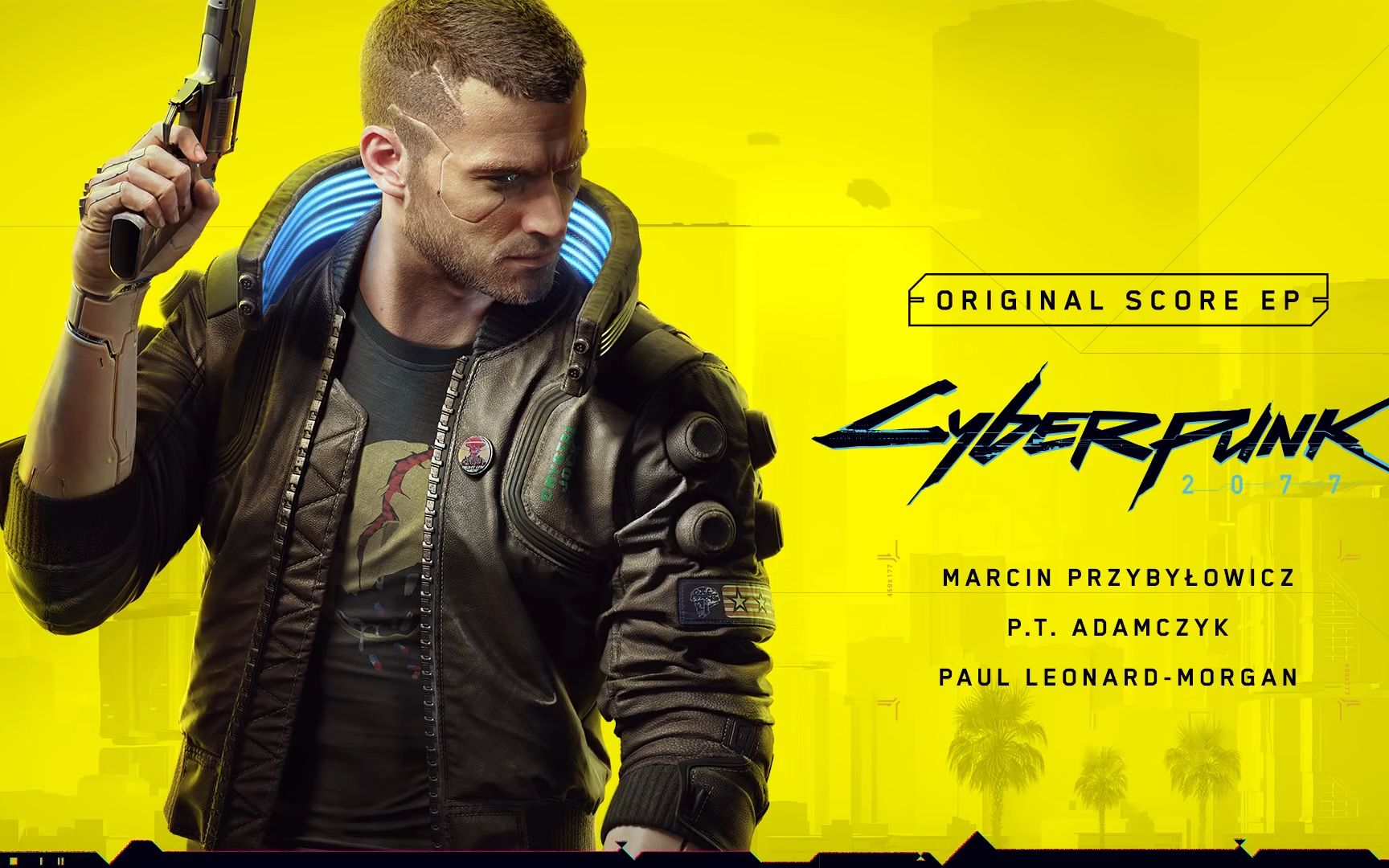The AAA gaming landscape is a colossal engine, perpetually in motion, driven by multi-million dollar budgets, immense teams, and sky-high player expectations. It’s a world where news cycles are often meticulously managed, filled with polished trailers and controlled hype. But every so often, genuine seismic shifts occur—unexpected announcements, controversial decisions, and industry-altering revelations that send shockwaves through the community. The past year has been particularly tumultuous, marked by a series of updates that have fundamentally reshaped our perception of major studios, business models, and the very future of blockbuster gaming.
The Great Live-Service Reckoning
For years, the industry mantra has been "live-service." The success of titles like Fortnite and Destiny 2 created a gold rush, with nearly every major publisher greenlighting games-as-a-service (GaaS) projects designed to generate perpetual revenue. However, 2023 and 2024 have served as a brutal, and perhaps necessary, market correction.
The most stunning example was the dramatic saga of Suicide Squad: Kill the Justice League. Developed by Rocksteady Studios, the revered creators of the Batman: Arkham series, the game was positioned as a flagship live-service title for Warner Bros. Despite a compelling narrative and polished combat, it launched to a lukewarm critical reception and disastrous player engagement. The core issue? A profound mismatch between a studio famed for tightly crafted, single-player narratives and the demands of a repetitive, loot-driven live-service model. Months after release, Warner Bros. Discovery announced massive financial losses attributed to the game, effectively confirming its commercial failure. This wasn't just a game underperforming; it was a cautionary tale about forcing square-peag studios into round-hole business models, shaking investor and player confidence in the "live-service at all costs" strategy.
This reckoning extended beyond single failures. Sony, a staunch proponent of premium single-player experiences, faced its own turmoil. In February 2024, the company announced significant layoffs, impacting key studios like Insomniac Games (Spider-Man), Naughty Dog (The Last of Us), and Guerrilla Games (Horizon). Crucially, this was accompanied by the cancellation of several in-development live-service projects. The message was clear: even the industry's titans had overextended themselves. The pivot back towards their core competency of narrative-driven games was a stunning admission that the live-service market is oversaturated and incredibly risky. This strategic retreat sent a powerful message to the entire industry: not every franchise needs to be a forever game.
The "Unlive-Service" Revolution: Helldivers 2 and Palworld
Just as the traditional AAA model was facing a crisis, two unexpected hits emerged, turning conventional wisdom on its head. Helldivers 2, from Sony-owned Arrowhead Game Studios, and Palworld, from the relatively unknown Pocketpair, became phenomenal successes by approaching the live-service concept from a completely different angle.
Helldivers 2 succeeded not through complex progression systems or expensive cinematic campaigns, but through pure, emergent gameplay and a brilliantly executed "game master" system that makes the entire community feel like part of a single, ongoing galactic war. Its communication is authentic, its updates are rapid and direct, and it fosters a sense of shared purpose rather than just a grind for cosmetics. It is a live-service game that feels organic and player-first, a stark contrast to the corporate, formulaic feel of many of its failed competitors.
Meanwhile, Palworld exploded onto the scene, selling millions of copies in days. Dubbed "Pokémon with guns," its success was built on a potent, if controversial, mix of familiar creature-collecting and robust survival/crafting mechanics. Its significance lies in its development: it’s not a product of a massive AAA studio but a smaller team that identified a gap in the market and executed with startling efficiency. Its success demonstrated that in an era of bloated budgets and extended development cycles, a focused, compelling gameplay loop could capture the global zeitgeist more effectively than any $200 million marketing campaign. It challenged the very definition of what a AAA-scale hit can look like and who can make it.
Acquisitions, Consolidation, and an Uncertain Future
The tectonic plates of industry ownership continue to shift. Microsoft’s landmark acquisition of Activision Blizzard King, after a protracted battle with regulators, finally closed, creating a behemoth with an unprecedented portfolio of studios and franchises. The full impact is yet to be felt, but the potential for major IP like Call of Duty to be leveraged for Game Pass is a fundamental threat to the traditional console sales model. This consolidation creates a new power dynamic, forcing rivals like Sony and Nintendo to adapt their strategies in response.

Conversely, in a move that surprised many, Embracer Group, a conglomerate that had aggressively acquired dozens of studios and IP over recent years, began a devastating period of divestment and closures. Citing the collapse of a major $2 billion investment deal, Embracer shuttered renowned studios like Saints Row developer Volition and laid off hundreds of staff across its vast network. This served as a sobering reminder that the era of cheap money and aggressive expansion is over. The pursuit of growth at all costs has a human toll, and the instability caused by such corporate maneuvering leaves the future of many beloved franchises in jeopardy.
These updates, from high-profile failures to unexpected successes and corporate mega-mergers, have collectively shaken the foundations of the AAA world. They signal the end of a monolithic strategy. The message to publishers is now clear: players crave authenticity and compelling gameplay over forced monetization schemes. The era of the live-service default is over, replaced by a more nuanced landscape where quality, player trust, and a clear creative vision are the ultimate currencies. The games that will define the next generation won’t be those with the biggest budgets, but those that understand their audience best. The earthquake has passed, but the aftershocks will continue to reshape the industry for years to come.














